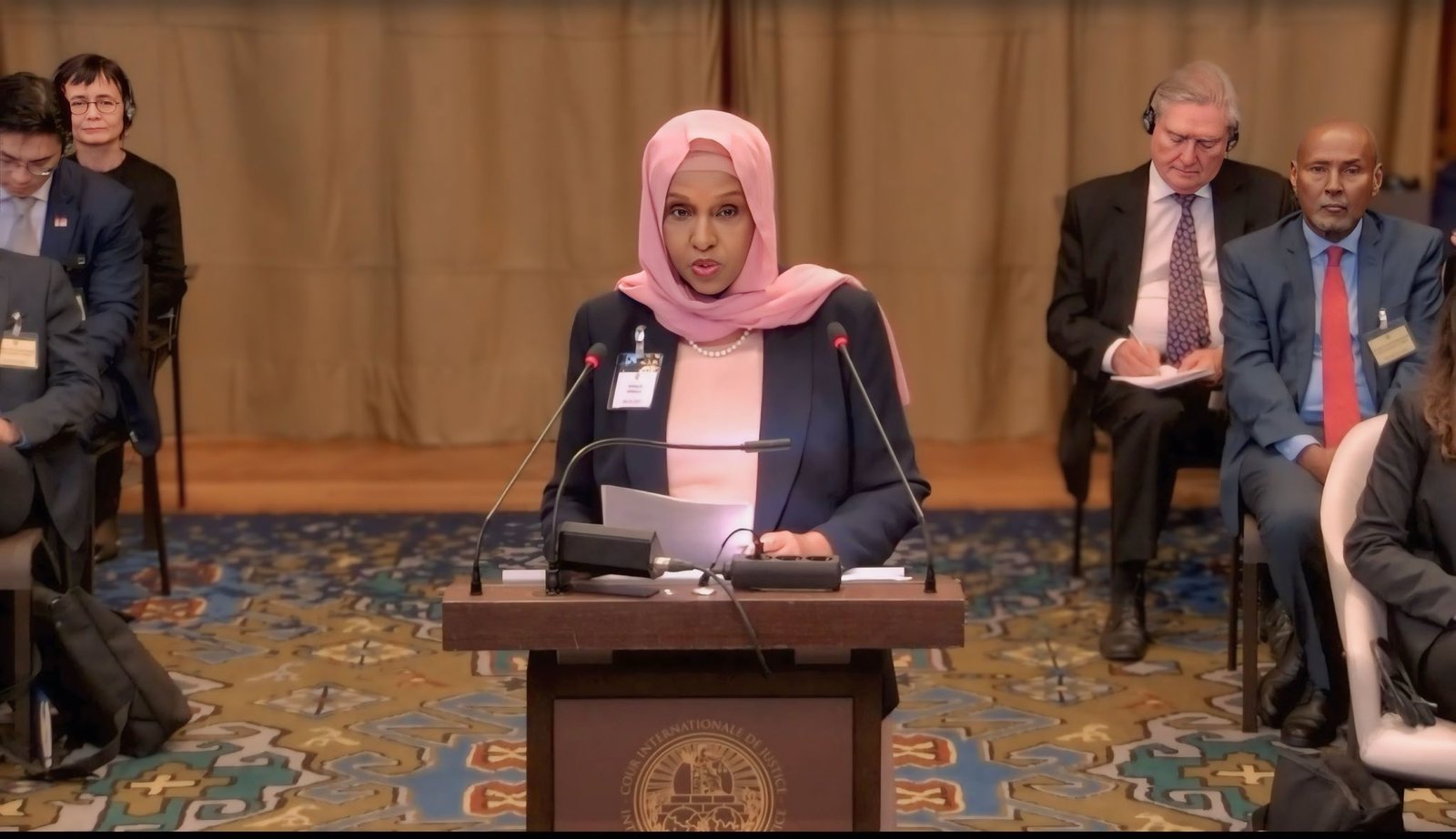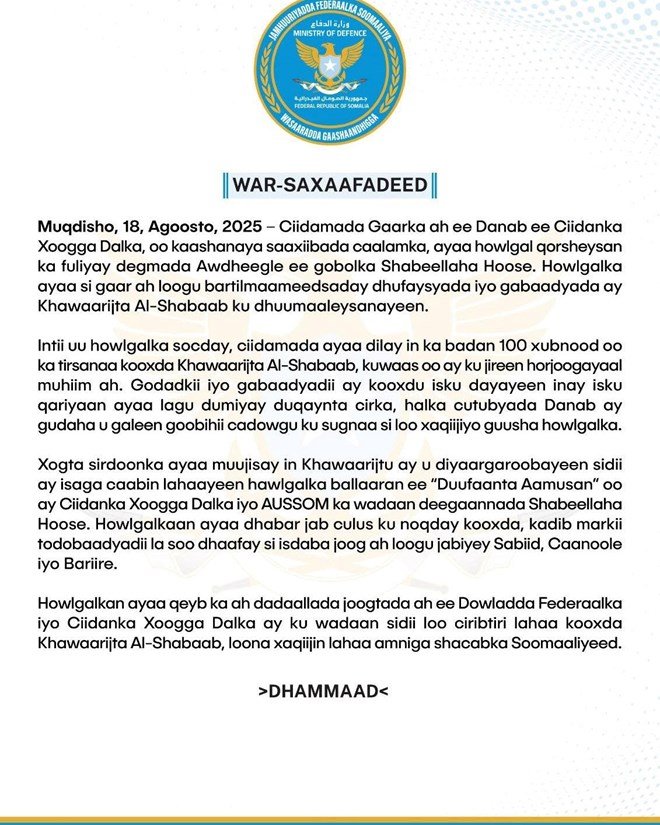Los Angeles, California – In a move that has sent shockwaves across the United States and sparked fiery condemnation from political leaders and civil society alike, President Donald Trump on Monday ordered the deployment of 700 U.S. Marines and an additional 2,000 National Guard troops to Los Angeles, citing growing unrest following a controversial immigration raid that led to mass arrests.
The decision came in response to four consecutive days of increasingly intense protests, which erupted after federal immigration agents detained dozens of undocumented immigrants — some of whom were alleged gang affiliates. The situation has since escalated, with clashes erupting between demonstrators and law enforcement, vehicles torched, and businesses looted in downtown L.A.
The flashpoint occurred on Sunday night, June 8, when protestors rallied outside the Metropolitan Detention Center in downtown Los Angeles, denouncing the immigration crackdown and calling for the release of detainees. The protest, which began peacefully, turned violent after groups reportedly set fire to two autonomous Waymo taxis and vandalized stores, prompting police to fire tear gas and rubber bullets.
President Trump described the protestors as “organized anarchists” and vowed “a response harsher than anything seen before” if violence continues.
“If we hadn’t acted decisively, Los Angeles would have been lost to the mob,” Trump stated in a social media post on Monday morning.
- President Donald Trump, currently seeking reelection, has taken a hardline stance on immigration throughout his presidency and continues to double down on law-and-order policies.
- Gavin Newsom, the Democratic Governor of California, has strongly criticized the military deployment, calling it “madness” and an affront to democracy.
- Karen Bass, Mayor of Los Angeles, has tried to calm tensions, asserting that “most protests are peaceful” and the unrest is “limited to a few key areas.”
- The U.S. Marines and National Guard now join an already sizeable law enforcement presence, which includes federal ICE agents, LAPD, and California Highway Patrol officers.
The Marines have been deployed to strategic points across the Los Angeles metropolitan area, particularly around:
- Government buildings
- Immigration detention centers
- Transportation hubs
- Commercial districts affected by looting
This marks the first deployment of active-duty military troops in a U.S. city without state approval since the 1965 Watts riots, drawing comparisons to that era’s civil rights unrest.
Tensions began simmering late last week when Immigration and Customs Enforcement (ICE), backed by federal agents, conducted surprise night raids across several Latino-majority neighborhoods in Southern California. Over 70 individuals were detained. Local advocacy groups quickly mobilized, leading to a series of mass protests beginning on Friday, June 6.
By Sunday night, those protests had boiled over into violent altercations, drawing national attention.
President Trump has justified the deployment as a necessary measure to restore order and protect law-abiding citizens and businesses from what he described as “leftist rioters and immigrant gangs.”
But critics see it as an unconstitutional overreach of federal power.
“U.S. Marines fought in foreign wars to protect democracy—not to suppress it at home,” Governor Newsom posted on social media. “This isn’t patriotism. It’s authoritarianism in action.”
The move has deeply divided Angelenos.
Supporters, including some small business owners, say military intervention was needed to halt widespread looting and property damage.
“I support peaceful protest,” said one shop owner whose storefront was vandalized. “But this isn’t protest. This is chaos.”
Opponents, however, say the presence of combat-ready troops has only heightened fear, especially among immigrant communities.
“We were promised safety, but they’ve brought a war to our streets,” said Kelly Diemer, a local resident and protestor. “This is not what democracy looks like.”
Crowds have grown at key protest sites, many chanting, “Go home, pigs!” at armed troops standing guard outside detention facilities. Several protestors have attempted to breach security fences, prompting more aggressive crowd control tactics from authorities.
The military deployment comes at a politically sensitive time. President Trump, who won reelection in a fiercely contested 2024 race against Kamala Harris, has been pushing a zero-tolerance immigration agenda while cracking down on what he calls “leftist insurgency” in liberal cities.
Former Vice President Kamala Harris, now a leading Democratic voice, warned that the President’s actions could “push the country closer to authoritarian rule.” Other Democrats, civil rights groups, and the United Nations Human Rights Office have raised alarms over the “militarization of civilian unrest.”
Meanwhile, immigration advocates argue that the underlying cause of the protests—the treatment of undocumented migrants—remains unaddressed.
“These are human beings seeking safety, not cartel members,” said Deborah McCurdy, a 64-year-old Los Angeles resident and protestor. “They deserve compassion, not tanks.”
As of Tuesday morning, June 10, the city remained tense but functioning. Schools remained open, though some businesses in high-risk areas have shut down temporarily. The LAPD confirmed 56 arrests in Los Angeles and 60 more in San Francisco, where smaller protests broke out in solidarity.
With no signs of de-escalation, and both sides doubling down, Los Angeles finds itself at the center of a growing national confrontation between federal authority and community resistance.
The question now is not just whether Trump’s military response will quell the unrest—but at what cost to American democracy?











